What Is the Rarest Naturally Occurring Element?
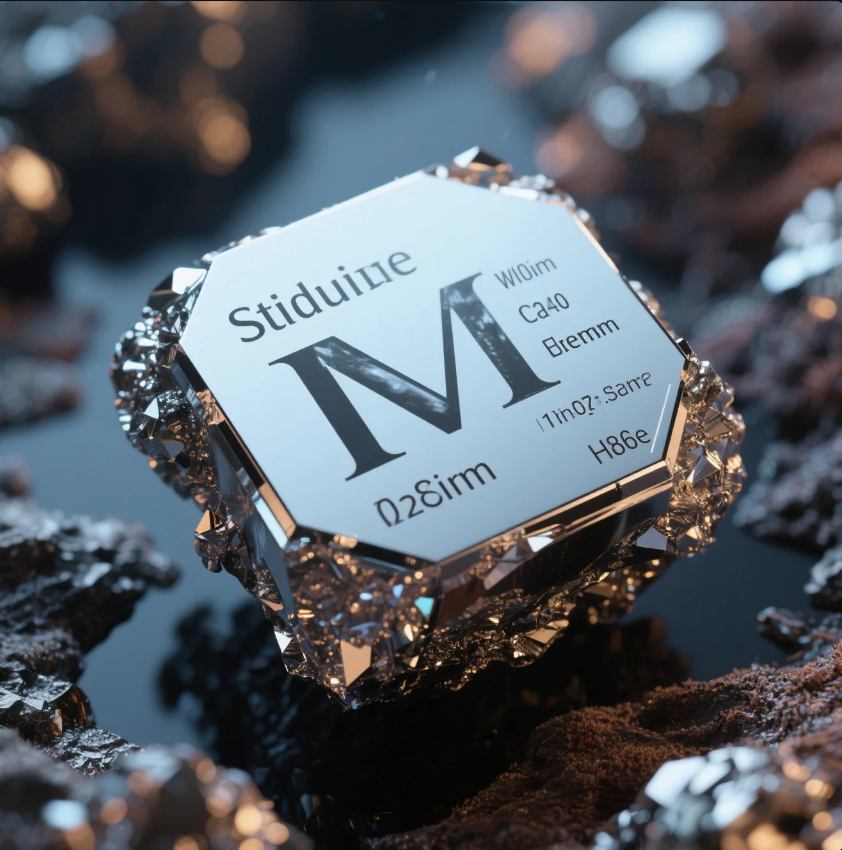
The rarest naturally occurring element on Earth is astatine. This element is extremely scarce, with only minute quantities found in the Earth's crust. Despite its rarity, astatine has significant scientific value and is used in some medical applications. Understanding the rarest elements helps scientists explore both the Earth's composition and the broader universe.
Snippet paragraph: Astatine is the rarest naturally occurring element on Earth, found in minute quantities and valued for its unique properties.
Transition paragraph: Let’s dive deeper into what makes astatine the rarest element on Earth and explore other rare elements in the universe.
What Is the Rarest Natural Element on Earth?
The rarest naturally occurring element on Earth is astatine. Astatine is a highly radioactive element that belongs to the halogen group, and its natural occurrence is extremely limited. The Earth contains only a few grams of astatine at any given time, making it incredibly rare. It is so scarce that it has been estimated that there is less than 1 gram of astatine in the entire Earth's crust at any given moment.
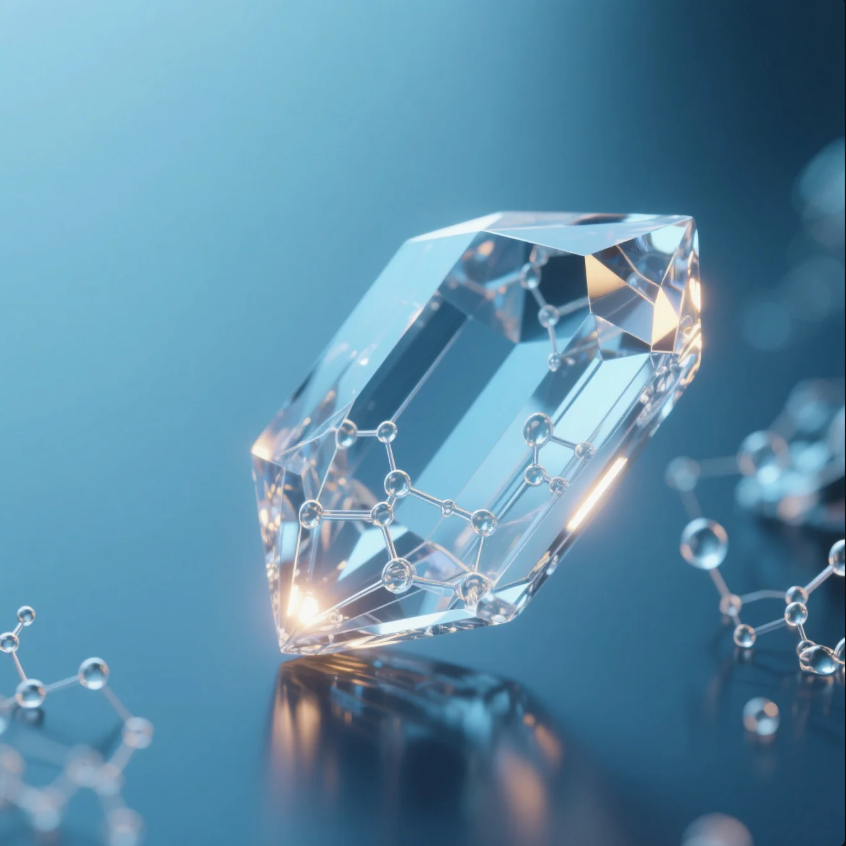
Snippet paragraph: Astatine is the rarest natural element on Earth, with only trace amounts found in nature due to its instability and radioactivity.
Dive-Deeper paragraph:
Astatine (At) is a member of the halogen family, and its extreme rarity is largely due to its high radioactivity. The most stable isotope of astatine, Astatine-210, has a half-life of only 8.1 hours, meaning it decays quickly and is therefore challenging to find in nature. Most of the astatine on Earth is produced synthetically in laboratories, where scientists use particle accelerators to create small amounts. Due to its short half-life and rarity, astatine has limited practical applications, but it has been investigated for use in cancer treatments due to its ability to emit alpha radiation.
Astatine Overview
| Element | Symbol | Rarity in Earth's Crust | Half-Life |
|---|---|---|---|
| Astatine | At | Less than 1 gram | 8.1 hours (Astatine-210) |
What Is the Rarest Element in the Universe?
In terms of the rarest element in the universe, astatine still holds the title, but the universe itself contains many other extremely rare elements, especially those produced in supernovae or other high-energy processes. Some elements are created only under extraordinary conditions and are present in extremely small amounts. For example, francium is another rare element that occurs naturally, though not as rare as astatine.
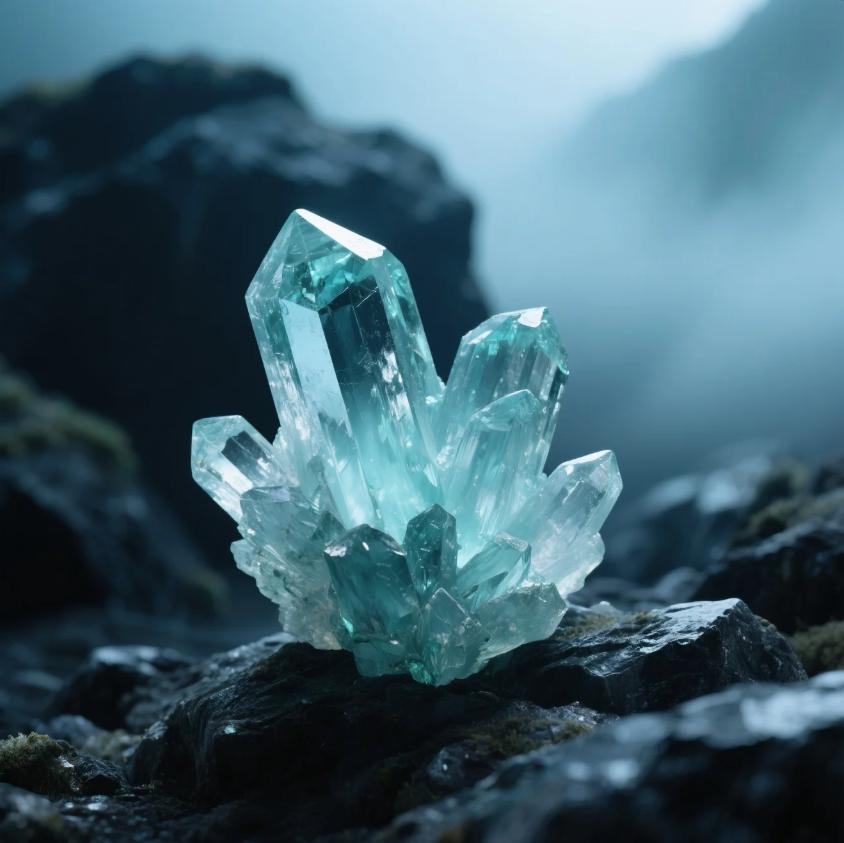
Snippet paragraph: Astatine is still the rarest element in the universe, but other rare elements like francium also occur under extraordinary conditions.
Dive-Deeper paragraph:
While astatine is the rarest element found in nature on Earth, it is not the only element produced in minute quantities. Francium is another rare element, though it is far less abundant than astatine. Francium, like astatine, is highly radioactive, and its most stable isotope, Francium-223, has a half-life of just 22 minutes. Other rare elements in the universe, such as those produced in supernovae, exist in trace amounts, but astatine remains the rarest naturally occurring element found on Earth.
Rarest Elements in the Universe
| Element | Symbol | Formation | Half-Life |
|---|---|---|---|
| Astatine | At | Formed from uranium decay | 8.1 hours |
| Francium | Fr | Formed in uranium decay | 22 minutes |
| Osmium | Os | Formed in supernovae | Stable |
What Are the Top 3 Rarest Elements?
The top three rarest elements on Earth, based on natural occurrence, are:
- Astatine (At)
- Francium (Fr)
- Rhodium (Rh)
These elements are incredibly rare, often existing in trace amounts, and are highly valuable due to their scarcity and unique properties. Rhodium, for example, is a precious metal often used in catalytic converters and has a very low abundance in the Earth's crust.
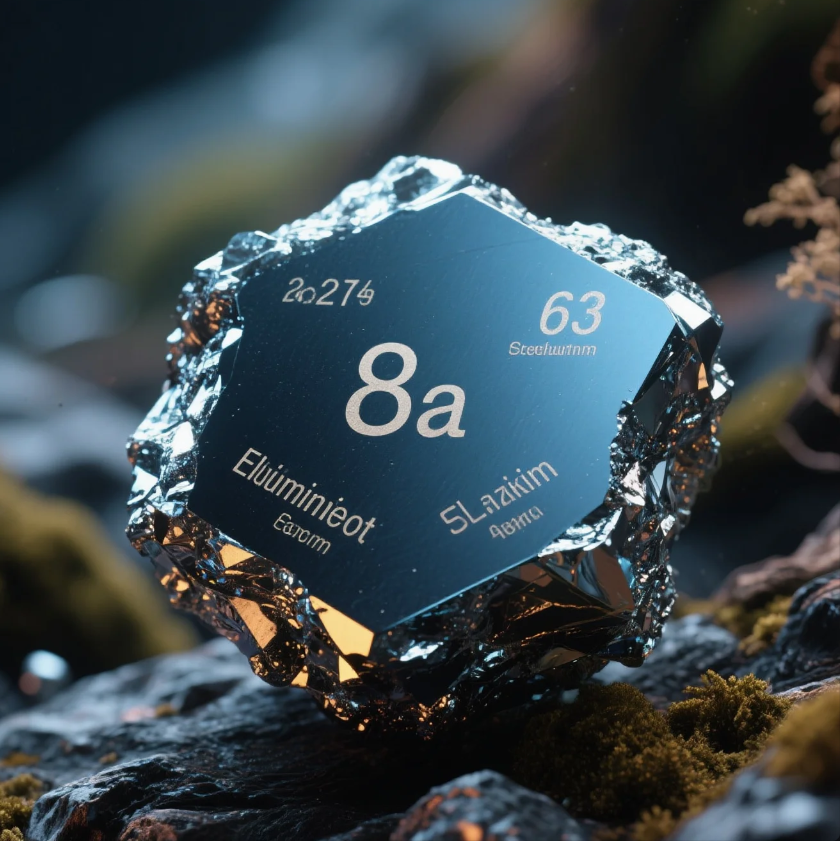
Snippet paragraph: The top three rarest elements are astatine, francium, and rhodium, each with unique properties and extremely low abundance.
Dive-Deeper paragraph:
Astatine leads the list as the rarest naturally occurring element, followed closely by francium, which is produced in tiny quantities due to its radioactivity. Rhodium, although more stable than the radioactive elements, is still one of the rarest elements in the Earth's crust. Rhodium is highly valued in the automotive industry for its use in catalytic converters and is also used in jewelry. The rarity of these elements is a direct result of their formation processes and the conditions under which they are produced, making them scarce and highly sought after.
Top 3 Rarest Elements
| Element | Symbol | Abundance in Earth's Crust | Key Uses |
|---|---|---|---|
| Astatine | At | Less than 1 gram | Limited use in medical research |
| Francium | Fr | Extremely rare | Research, no practical uses |
| Rhodium | Rh | 0.0002 ppm | Catalytic converters, jewelry |
Is Francium or Astatine Rarer?
Astatine is rarer than francium in the Earth's crust. While both elements are highly radioactive, astatine is present in even smaller quantities compared to francium. Francium is formed from the decay of actinium, but astatine is produced by the decay of heavier elements like uranium and thorium. Despite their rarity, these elements are often studied for their potential applications in radiation therapy and nuclear research.
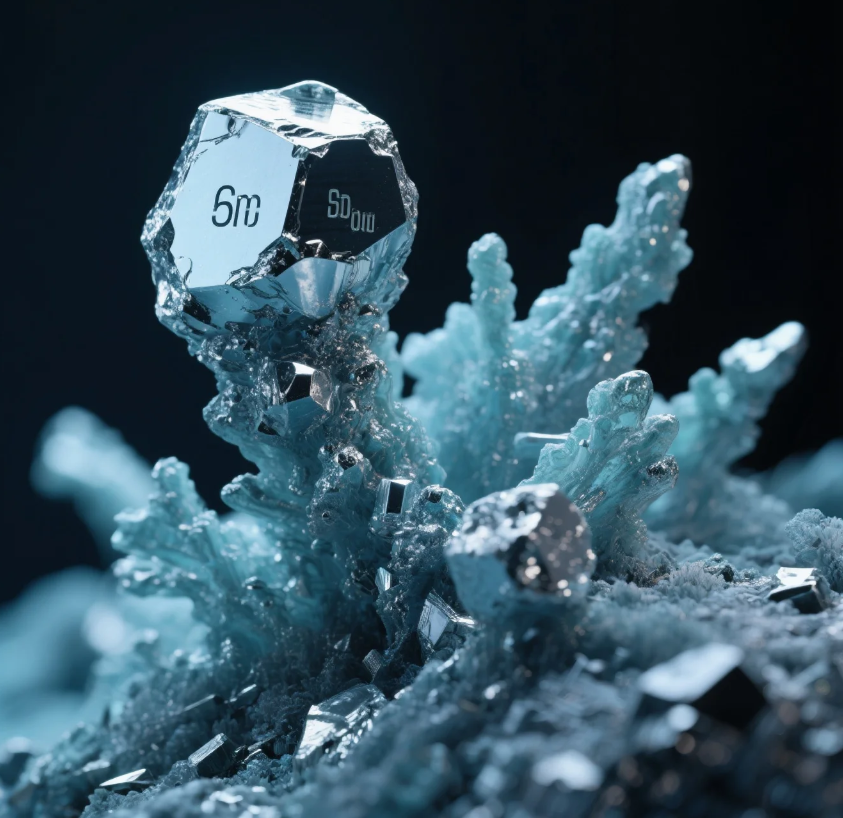
Snippet paragraph: Astatine is rarer than francium in the Earth’s crust, with astatine being present in even smaller quantities due to its high radioactivity.
Dive-Deeper paragraph:
While francium is rare, it occurs in slightly larger quantities than astatine, primarily because it is more stable. Francium is produced from the decay of actinium and has a half-life of just 22 minutes, making it incredibly short-lived and hard to detect. On the other hand, astatine is even more elusive, with a half-life of only 8.1 hours for its most stable isotope, Astatine-210. This extreme instability and scarcity make astatine the more rare element in natural occurrences, with its minute quantities in the Earth's crust making it incredibly hard to study.
Astatine vs. Francium
| Element | Symbol | Rarity in Earth's Crust | Half-Life |
|---|---|---|---|
| Astatine | At | Less than 1 gram | 8.1 hours (Astatine-210) |
| Francium | Fr | 30 grams in Earth's crust | 22 minutes (Francium-223) |
Conclusion
The rarest naturally occurring element on Earth is astatine, followed closely by francium and rhodium. These elements, though present in trace amounts, are significant due to their unique properties and potential applications in medicine and industry. Understanding their rarity highlights both the scientific challenges and the exciting opportunities these elements present.







